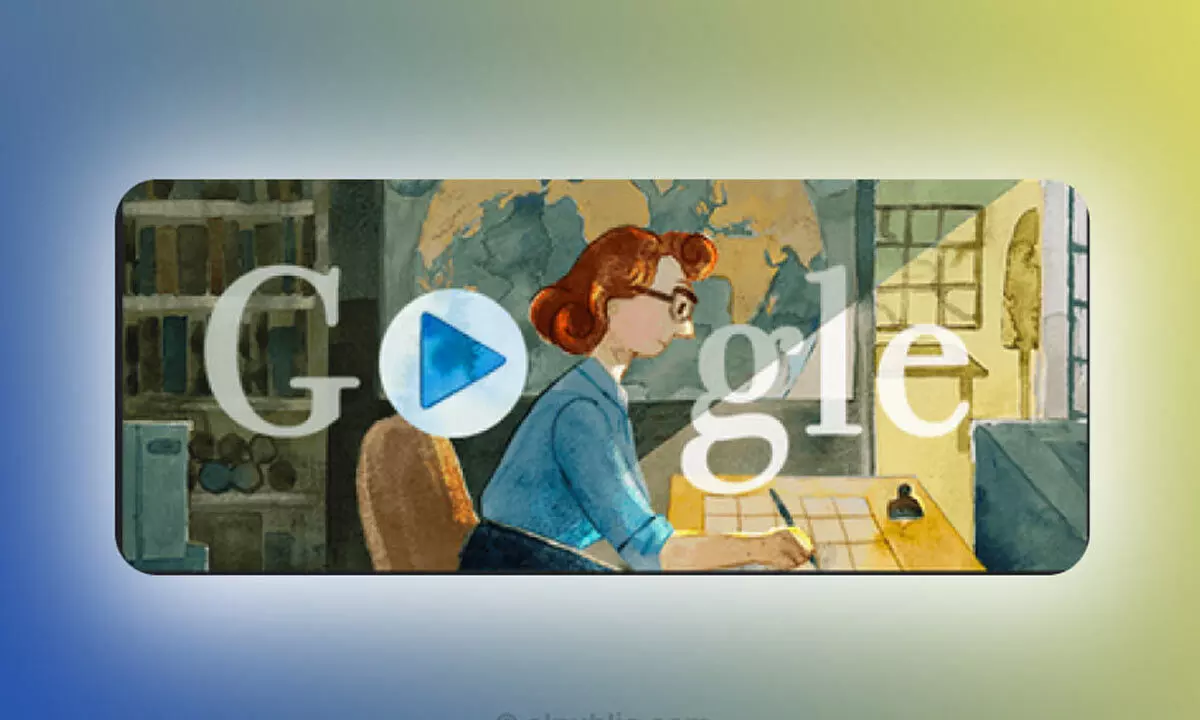Google Doodle Celebrates American Geologist Marie Tharp's Life

Google Doodle Celebrates American Geologist Marie Tharp's Life
Today you might have noticed that Google Doodle is celebrating American geologist and oceanographic mapper Marie Tharp's life.
Today you might have noticed that Google Doodle is celebrating American geologist and oceanographic mapper Marie Tharp's life. "Today's Doodle features an interactive exploration of Tharp's life. Her story is narrated by Caitlyn Larsen, Rebecca Nesel, and Dr Tiara Moore, three notable women who are presently living out Tharp's legacy by making strides in the traditionally male-dominated ocean science and geology spaces," Google informed.
Marie Tharp was born on July 30, 1920, in Ypsilanti, Michigan, the woman who helped prove theories of continental drift and co-edited the world's first map of the ocean floor. On November 21, 1998, the Library of Congress called her one of the best cartographers of the 20th century. Here's all about Marie Tharp and her family.
Tharp's father worked for the US Department of Agriculture and introduced him to cartography early. She went to the University of Michigan to earn her master's degree in petroleum geology. She moved to New York City in 1948 and became the first woman to work at the Lamont Geological Observatory, where she met geologist Bruce Heezen.
"Heezen collected ocean depth data in the Atlantic Ocean, which Ella Tharp used to create maps of the mysterious ocean floor. New findings from echosounders (sonars used to find water depth) helped her discover the Mid-Atlantic Ridge. She brought these findings to Heezen, who infamously dismissed this as "girl talk," Google reported.
Google further reported: "However, when they compared these V-shaped cracks with maps of earthquake epicentres, Bruce Heezen could not ignore the facts. Plate tectonics and continental drift were no longer just theories: the seafloor was undoubtedly spreading. In 1957, Tharp and Heezen jointly published the first map of the ocean floor in the North Atlantic. 20 years later, National Geographic published the world's first map of the entire ocean floor, written by Tharp and Heezen, titled "The World Ocean Floor."
Ms Tharp donated her entire map collection to the Library of Congress in 1995. In celebrating the centennial of her Division of Geography and Maps, the Library of Congress named her one of the most important cartographers of the 20th century. In 2001, the same observatory where she began her career awarded her its first annual Lamont-Doherty Heritage Award.














